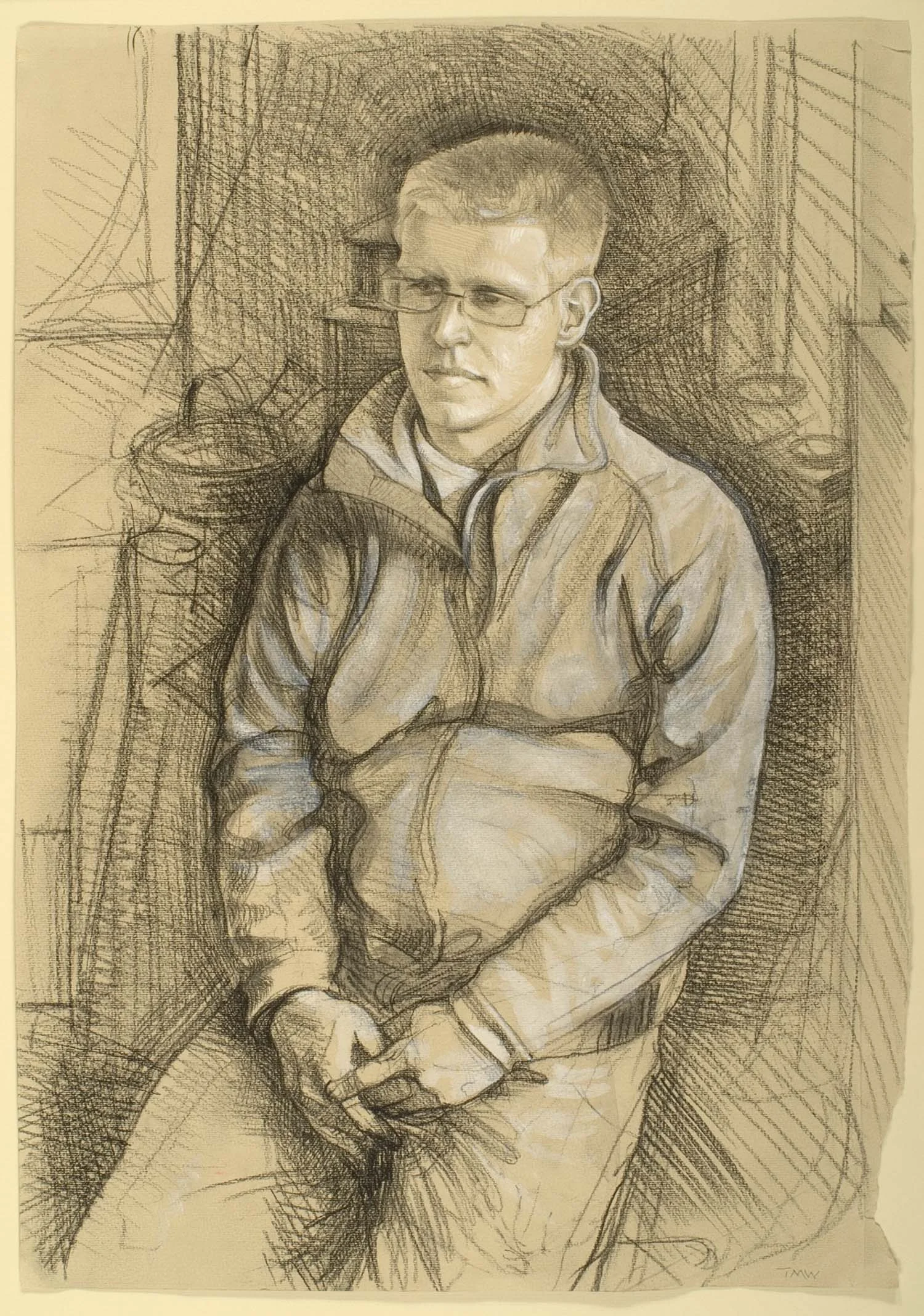BP Portrait Award 2007
A Journey Around Wessex
I decided to travel around Wessex for a month and make portraits of the people who still worked the land. I wanted to know how they felt about the changes in farming and the countryside that was their home and so I recorded our conversations. These oral testimonies accompanied the exhibition. I had a VW campervan to get about, a good size for those narrow country lanes.
The New Forest with its ancient commoning rights and famous ponies; Salisbury Plain, traditional corn and sheep country; the water meadows or ‘moors’ of the Somerset Levels, cider orchards and peat cutting. Devon with its Red Ruby cattle and rich red soils where Exmoor and Dartmoor mark the boundary between Wessex and the southwest. Dorset, with its rich hinterland, chalk downland and lowland heath. A rugged coastline with outcrops shaped by quarrying.
Of the people I met, many were indigenous to the area they lived and worked in, having connections down the generations. All of them shared a strong ‘sense of place’, of belonging to their own particular part of the region and a real passion for their work, even if times were hard.
I wanted to include people who made their living from practicing crafts such as blacksmithing, thatching, hedge-laying, coppicing, hurdle making, charcoal burning and hunting. I wanted to discover what was left of a working countryside that Thomas Hardy might recognise. I found it; a trace of it.
There were many more people I should have liked in the exhibition, however, this collection of portraits from my journey gives an insight into those who continue the hard work of extracting a living from the land.
After the BP Portrait Award exhibition at the National Portrait Gallery in 2007, the portraits and interviews made up the core of an expanded exhibition in the Dorset County Museum, exhibited in September 2008.
Click on image to view


















